+91 79024 90000 / 01 / 02
sreemedicines@sreedhareeyam.com
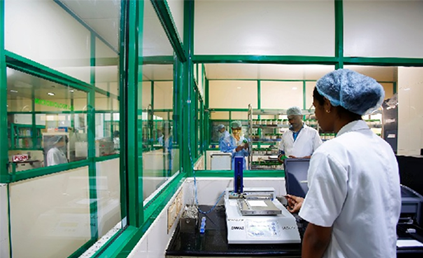
A Quality Control Laboratory having facilities to carry out tests with Botanical, Chemical, Analytical and Microbiological parameters ensures that the highest possible quality of medicines are constantly achieved. Apart from using the best of filtered herbs, the raw materials & intermediates have to clear rigorous quality checks in order to be chosen for manufacturing process. The finished products also undergo stringent and detailed testing to ensure that they conform to Pharmacopoeia Standards and also to ensure the final product has the desired level of active ingredients. Continuous research enables the institution to develop variations in the classical medicines and also to formulate completely new patented medicines.
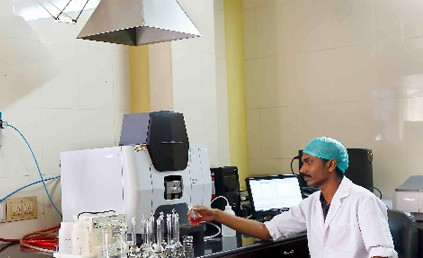
AAS (Atomic absorption spectrophotometer) is the analytical device used to measure the concentrations of elements. Atomic absorption is so sensitive that it can measure down to parts per billion of a gram in a sample. Raw materials are examined using this technique to check that major elements are present and that toxic impurities are lower than specified. This is majorly used to identify the presence of toxic metals in the raw materials as well as finished products.
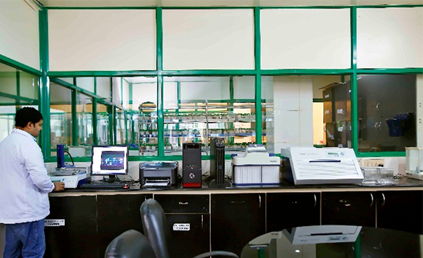
Pharmacopoeia standards are typically used by the industry as a basis for meeting Quality requirements and GMP practices. High-performance thin layer chromatography (HPTLC) is a robust, simplest, rapid, and efficient tool in quantitative analysis of compounds. It is also an ideal screening tool for adulterations in raw materials and is highly suitable for evaluation and monitoring of cultivation, harvesting, and extraction processes, along with testing of stability in raw materials as well as finished products.
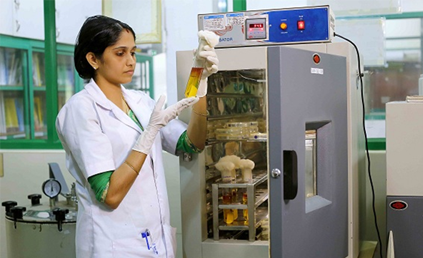
Our expert team of microbiologists do a detailed study and analysis of microscopic organisms. The microbiology laboratory routinely carries out Sterility tests of all sterile products and monitors the presence of micro-organisms in the manufacturing areas. Control samples are kept for future reference to ensure the efficacy throughout the lifecycle of the product.
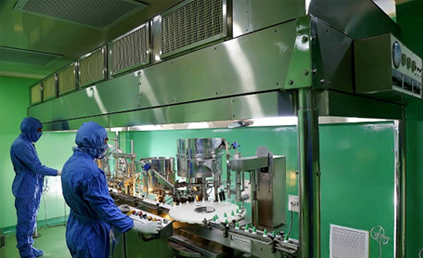
All sterile eyedrops are manufactured using an Automatic Eye Drop Filling and Sealing Machine installed in the most perfect sterile conditions. Epoxy painted aseptic manufacturing areas are equipped with air handling units having HEPA Filters and laminar flow to achieve Class 10000, Class 1000 and Class 100 meeting International and WHO GMP Standards. Over 30 different kinds of eyedrops are manufactured here, including the group’s flagship over the counter product, Sunetra which is a herbal eyedrop for regular use against dryness and minor allergies.